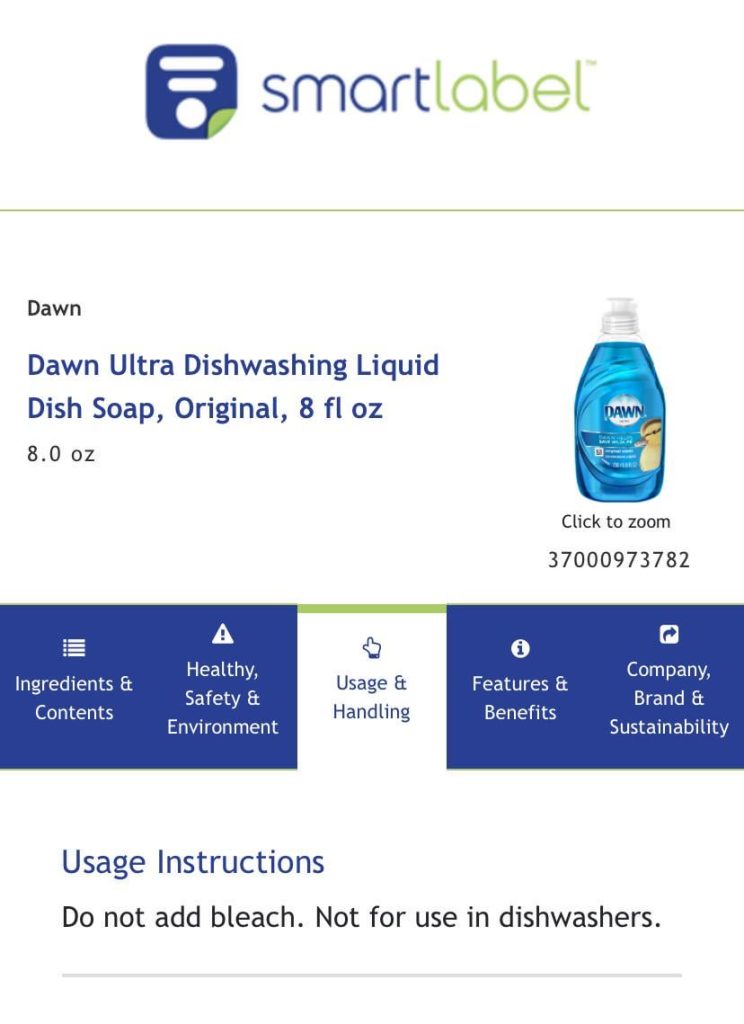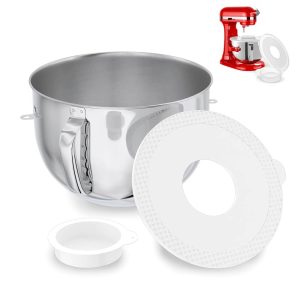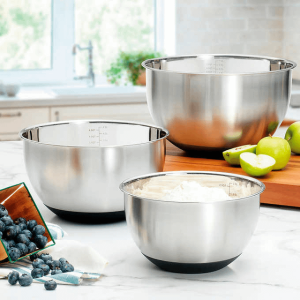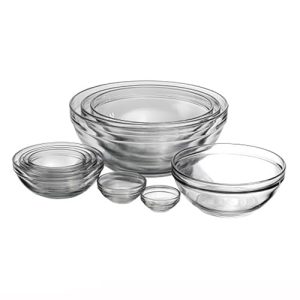Are you wondering if it’s safe to mix bleach in a glass bowl? You might think it’s harmless since glass is sturdy and easy to clean.
But before you pour that bleach into your favorite bowl, there are important facts you need to know. Mixing bleach in the wrong container can cause unexpected problems, damage your items, or even put your health at risk. Keep reading to discover the truth about bleach and glass, so you can protect yourself and your home.
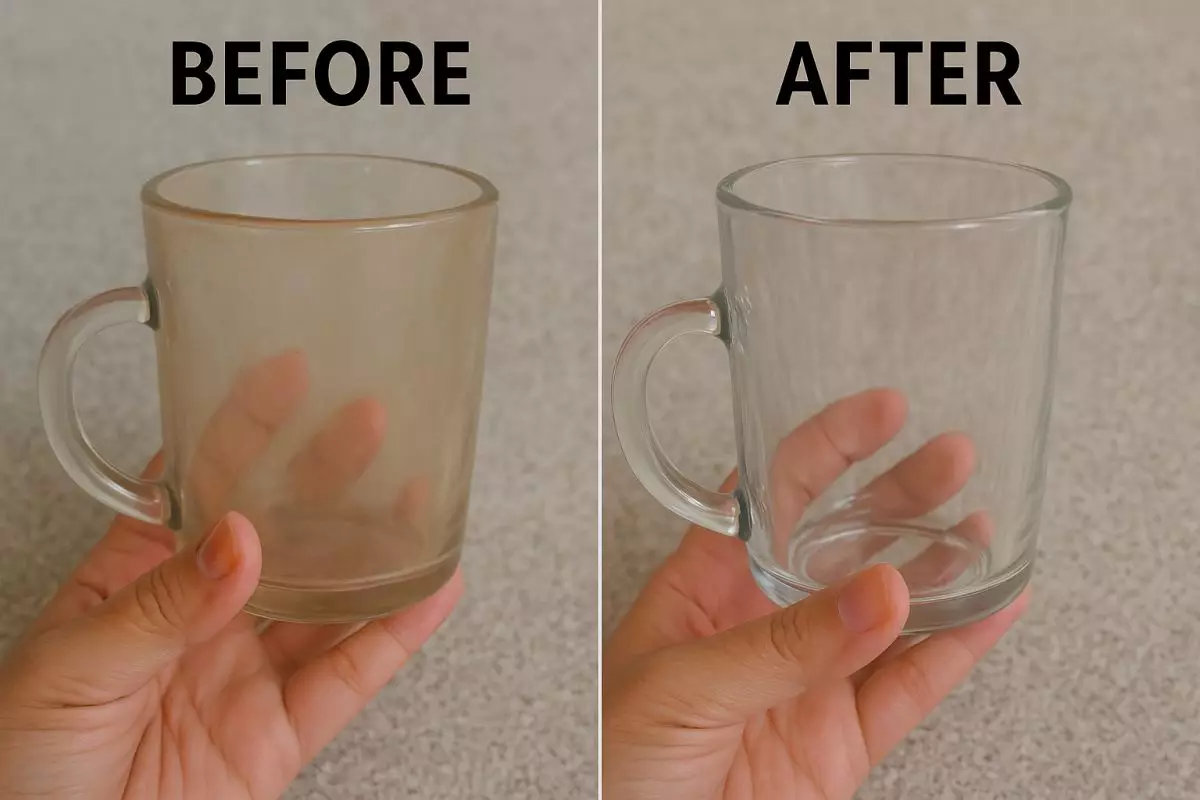
Credit: en.brilio.net
Bleach And Glass Compatibility
Many people wonder if it is safe to mix bleach in a glass bowl. Glass is a common material in kitchens and labs. Bleach is a strong chemical used for cleaning and disinfecting.
Understanding how bleach reacts with glass is important. This helps avoid damage and keeps you safe.
Properties Of Bleach
Bleach is a liquid that kills germs and removes stains. It usually contains sodium hypochlorite. Bleach is strong and can be harmful if not used correctly.
Bleach is clear or slightly yellow. It has a sharp smell. It can irritate skin and eyes. Always handle bleach with care.
Chemical Reaction With Glass
Glass is made from silica and other minerals. It is very stable and does not react with bleach. This means bleach will not break down or damage glass.
Using bleach in a glass bowl is safe. The bowl will not change or weaken from the bleach. Glass does not absorb bleach or release harmful chemicals.
Common Uses Of Glass Bowls With Bleach
Glass bowls are often used to hold bleach solutions. People use them for cleaning small items or mixing bleach with water. Glass is easy to clean after use.
- Mixing bleach and water for cleaning
- Soaking objects to disinfect
- Using in labs for experiments involving bleach
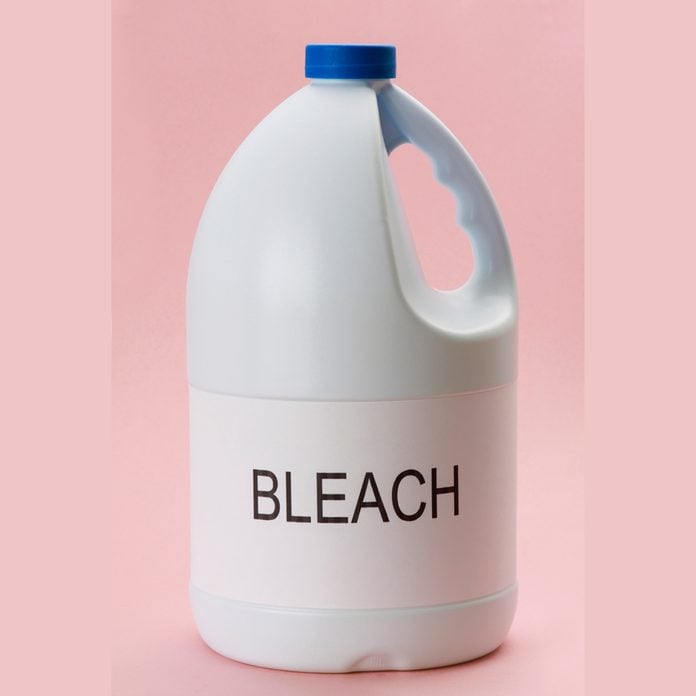
Credit: www.familyhandyman.com
Risks Of Mixing Bleach In Glass
Mixing bleach in a glass bowl might seem safe. Many people think glass is strong and will not react. But there are risks to consider.
This article explains the dangers of mixing bleach in glass. Learn about chemical hazards, damage to glass, and health risks.
Potential Chemical Hazards
Bleach is a strong chemical. Mixing it with other substances can create harmful gases. Even in a glass bowl, these reactions can happen.
- Bleach releases chlorine gas if mixed with acids.
- Gas can cause coughing and breathing trouble.
- Glass does not stop harmful fumes from escaping.
- Mixing bleach with ammonia creates toxic chloramine vapors.
Physical Damage To Glass
Bleach can weaken glass over time. It may cause small cracks or cloudiness. These damages can make the glass unsafe.
| Type of Damage | Effect on Glass |
| Etching | Surface becomes rough and cloudy |
| Cracking | Small fractures may grow and break |
| Staining | White marks or spots appear |
Health And Safety Concerns
Handling bleach in glass can cause spills. Broken glass can cut skin. Breathing bleach fumes hurts lungs.
- Always wear gloves to avoid skin contact.
- Work in a well-ventilated area to reduce fume inhalation.
- Do not mix bleach with other cleaning products.
- Use plastic containers designed for bleach instead of glass.
Safe Handling Practices
Mixing bleach in a glass bowl requires caution to avoid accidents. Bleach is a strong chemical that can cause harm if not handled safely.
Following safe handling practices helps protect you and those around you from risks like fumes and skin irritation.
Proper Ventilation
Always work in a well-ventilated area when using bleach. Open windows and doors to let fresh air in. Use fans if needed to move air around.
Using Protective Gear
Wear protective gear to keep bleach from touching your skin or eyes. Use gloves, goggles, and old clothes to stay safe.
- Wear rubber gloves to protect your hands
- Use safety goggles to shield your eyes
- Put on long sleeves to cover your arms
- Consider a mask to avoid breathing fumes
Measuring And Diluting Bleach
Measure bleach carefully to avoid strong mixtures. Dilute bleach with water before use to lower its strength and reduce risks.
| Bleach Amount | Water Amount | Use |
| 1 cup | 1 gallon | Disinfect surfaces |
| 1 tablespoon | 1 quart | Light cleaning |
| Do not mix | Ammonia or acids | Prevents dangerous fumes |
Alternatives To Glass Bowls
Mixing bleach in a glass bowl is not always safe. Some materials work better and last longer. Choosing the right container helps avoid damage and keeps you safe.
Here are some good alternatives to glass bowls for mixing bleach.
Plastic Containers
Plastic containers are common for mixing bleach. They are lightweight and less likely to break than glass. Make sure to use plastic that can resist chemicals.
- Use high-density polyethylene (HDPE) or polypropylene (PP)
- Avoid thin or low-quality plastics that may melt
- Check if the container is labeled chemical resistant
Stainless Steel Options
Stainless steel bowls are strong and do not break easily. They resist many chemicals, including bleach. Stainless steel is easy to clean and does not absorb odors.
- Look for food-grade stainless steel (304 or 316)
- Avoid mixing bleach in low-quality metals that may corrode
- Use bowls with smooth surfaces for easy cleaning
Choosing The Right Material
Pick a container that resists bleach and lasts long. Consider safety, durability, and ease of cleaning. Avoid materials that crack, stain, or react with bleach.
- Chemical resistance is most important
- Choose non-porous surfaces to avoid stains
- Make sure the container size fits your needs
- Check for labels about chemical use
Disposal And Cleanup Tips
Using bleach in a glass bowl requires care when disposing and cleaning. Bleach can be harmful if not handled properly. Follow safe steps to protect yourself and the environment.
Proper disposal and cleaning help avoid accidents and damage. This guide covers how to dispose of bleach safely, clean after use, and prevent cross-contamination.
Safe Disposal Methods
Never pour bleach directly into the sink without diluting it. Bleach can react with other substances and cause harmful fumes. Always follow local disposal rules for chemicals.
To dispose of bleach safely, dilute it with water first. Use a large amount of water to reduce its strength. Avoid mixing bleach with other cleaners or chemicals.
- Dilute bleach with at least 10 parts water
- Pour diluted bleach slowly into a drain with running water
- Do not mix bleach with ammonia or acids
- Check local guidelines for chemical disposal
Cleaning After Bleach Use
After using bleach in a glass bowl, rinse the bowl well with water. Use warm water to help remove bleach residue. This prevents damage to the glass and stops bleach from lingering.
Wear gloves when cleaning to protect your skin. Use a mild dish soap if needed. Avoid using abrasive scrubbers that can scratch the glass.
- Rinse bowl with warm water immediately
- Use mild dish soap for extra cleaning
- Wear gloves to protect skin
- Dry with a soft cloth to prevent water spots
Preventing Cross-contamination
Do not use the same bowl for bleach and food without cleaning thoroughly. Cross-contamination can cause health risks. Always clean the bowl well after bleach use.
Keep bleach and food preparation tools separate. Label containers clearly to avoid mix-ups. Store bleach away from kitchen utensils and food items.
- Clean bowls thoroughly after bleach use
- Do not use bleach containers for food
- Label bleach containers clearly
- Store bleach away from food and utensils

Credit: www.clorox.com
Frequently Asked Questions
Can You Safely Mix Bleach In A Glass Bowl?
Yes, you can safely mix bleach in a glass bowl. Glass is non-reactive and won’t interact with bleach. Avoid metal bowls as bleach can cause corrosion. Always use proper ventilation and protective gloves when handling bleach to ensure safety.
Why Is Glass Better For Mixing Bleach?
Glass is better because it is chemically inert. It won’t react or degrade when in contact with bleach. This prevents contamination and maintains bleach’s effectiveness. Plastic or metal containers might react, causing harmful fumes or damage. Glass ensures safe and stable mixing conditions.
Can Bleach Damage A Glass Bowl?
Bleach does not damage glass bowls under normal use. Glass is resistant to bleach’s corrosive properties. However, prolonged exposure or high concentrations may weaken some glass types. Rinse the bowl thoroughly after use to maintain its clarity and durability.
Is It Safe To Mix Bleach With Other Cleaners In Glass?
No, mixing bleach with other cleaners can be dangerous. Even in glass containers, mixing bleach with ammonia or acids releases toxic gases. Always use bleach alone or follow product guidelines to avoid harmful chemical reactions.
Conclusion
Mixing bleach in a glass bowl is generally safe if done carefully. Always use clean, dry glass to avoid reactions. Never mix bleach with other chemicals in the bowl. Keep the area well-ventilated to avoid harmful fumes. Use gloves to protect your skin from bleach.
Rinse the bowl thoroughly after use to remove any residue. Following these simple steps helps keep cleaning safe and effective. Stay cautious and handle bleach with respect for your health. Simple care makes a big difference when using bleach at home.

